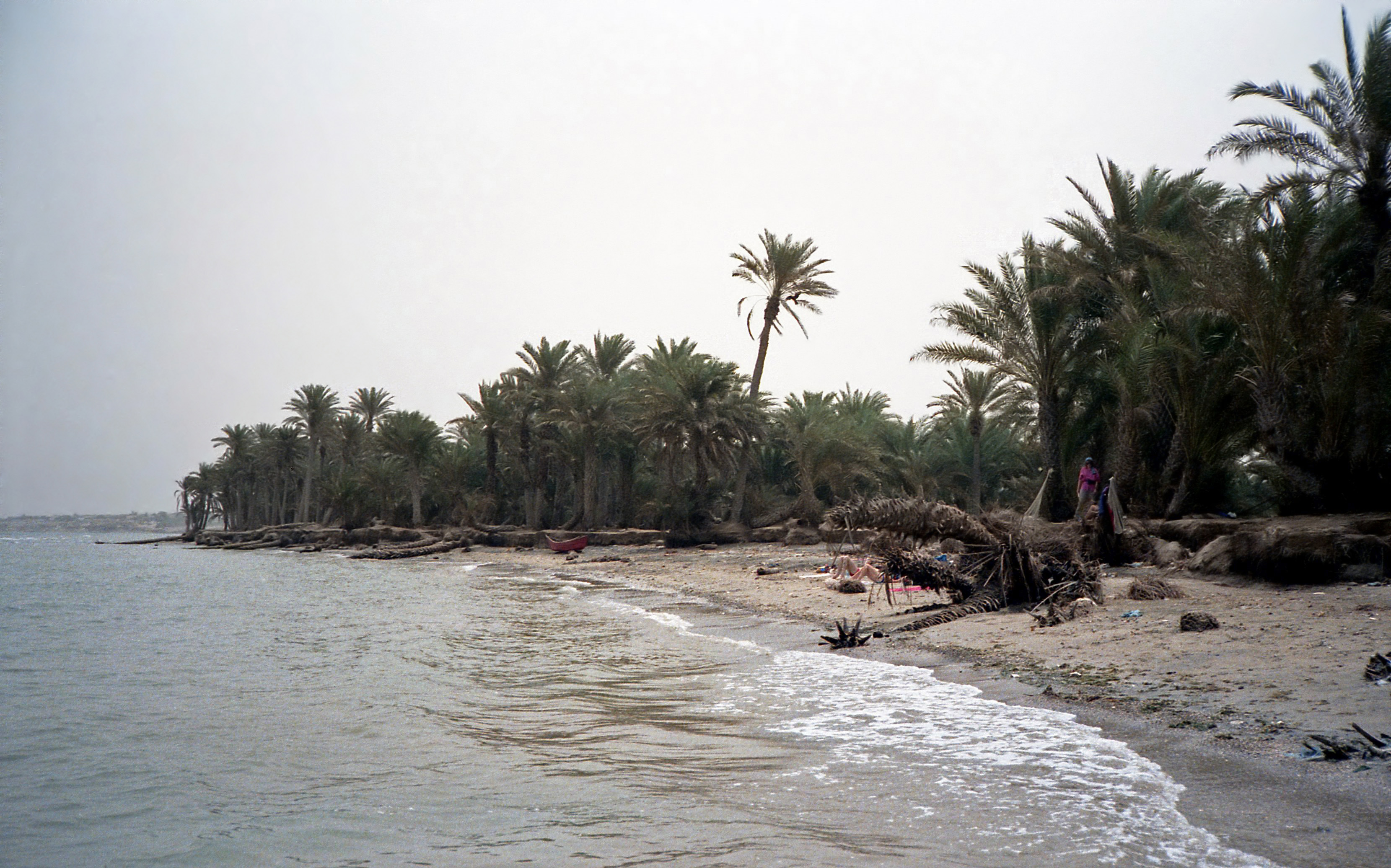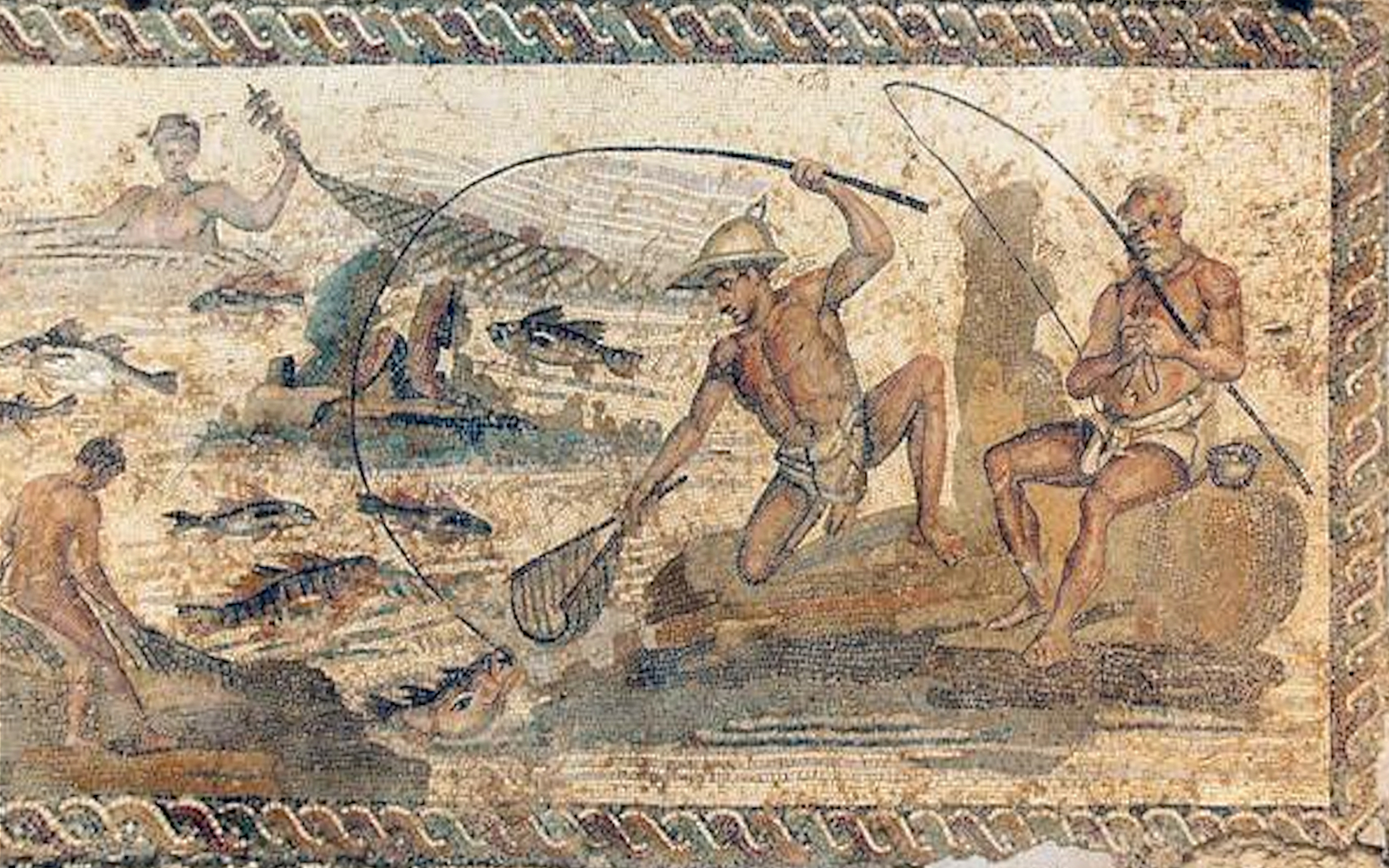|
Ulua Mentalis
The longrakered trevally (''Ulua mentalis''), also known as the cale cale trevally and heavyjawed kingfish, is a species of marine fish in the jack and horse mackerel family Carangidae. The longrakered trevally is distributed throughout the tropical and subtropical waters of the Indian and west Pacific Oceans, from Mozambique and Madagascar in the west, to Japan and northern Australia in the east. A large species growing to a recorded length of 1 m, the longrakered trevally is distinguished by is protruding lower jaw, elongated gill rakers and lack of villiform teeth on its tongue. It is an inshore species, restricted to coastal and estuarine regions, where it preys on fishes and crustaceans. Little is known of the species reproductive cycle or growth. The longrakered trevally is of minor importance to fisheries and is often taken as bycatch in finfish and prawn trawls, as well as by angling, recreational fishermen. Taxonomy and naming The longrakered trevally is one of two ... [...More Info...] [...Related Items...] OR: [Wikipedia] [Google] [Baidu] |
Georges Cuvier
Jean Léopold Nicolas Frédéric, Baron Cuvier (; 23 August 1769 – 13 May 1832), known as Georges Cuvier, was a French naturalist and zoologist, sometimes referred to as the "founding father of paleontology". Cuvier was a major figure in natural sciences research in the early 19th century and was instrumental in establishing the fields of comparative anatomy and paleontology through his work in comparing living animals with fossils. Cuvier's work is considered the foundation of vertebrate paleontology, and he expanded Linnaean taxonomy by grouping classes into phylum, phyla and incorporating both fossils and living species into the classification. Cuvier is also known for establishing extinction as a fact—at the time, extinction was considered by many of Cuvier's contemporaries to be merely controversial speculation. In his ''Essay on the Theory of the Earth'' (1813) Cuvier proposed that now-extinct species had been wiped out by periodic catastrophic flooding events. In th ... [...More Info...] [...Related Items...] OR: [Wikipedia] [Google] [Baidu] |
Fisheries
Fishery can mean either the Big business, enterprise of Animal husbandry#Aquaculture, raising or Fishing, harvesting fish and other aquatic life; or more commonly, the site where such enterprise takes place (wikt:AKA, a.k.a. fishing ground). Commercial fisheries include wild fisheries and fish farming, fish farms, both in freshwater waterbodies (about 10% of all catch) and the oceans (about 90%). About 500 million people worldwide are economically dependent on fisheries. 171 million tonnes of fish were produced in 2016, but overfishing is an increasing problem — causing declines in some populations. Because of their economic and social importance, fisheries are governed by complex fisheries management practices and fisheries law, legal regimes that vary widely across countries. Historically, fisheries were treated with a "first-come, first-served " approach, but recent threats by human overfishing and environmental issues have required increased regulation of fisheries to prev ... [...More Info...] [...Related Items...] OR: [Wikipedia] [Google] [Baidu] |
Massawa
Massawa ( ; ti, ምጽዋዕ, məṣṣəwaʿ; gez, ምጽዋ; ar, مصوع; it, Massaua; pt, Maçuá) is a port city in the Northern Red Sea region of Eritrea, located on the Red Sea at the northern end of the Gulf of Zula beside the Dahlak Archipelago.Matt Phillips, Jean-Bernard Carillet, ''Lonely Planet Ethiopia and Eritrea'', (Lonely Planet: 2006), p.340. It has been a historically important port for many centuries. Massawa was the capital of the Italian Colony of Eritrea until the seat of the colonial government was moved to Asmara in 1897. Massawa has an average temperature of nearly , which is one of the highest experienced in the world, and is "one of the hottest marine coastal areas in the world." History Massawa was originally a small seaside village, lying in lands coextensive with the Kingdom of Axum—also known as Kingdom of Zula in antiquity—and overshadowed by the nearby port of Adulis about to the south. Massawa has been ruled or occupied by a suc ... [...More Info...] [...Related Items...] OR: [Wikipedia] [Google] [Baidu] |
Red Sea
The Red Sea ( ar, البحر الأحمر - بحر القلزم, translit=Modern: al-Baḥr al-ʾAḥmar, Medieval: Baḥr al-Qulzum; or ; Coptic: ⲫⲓⲟⲙ ⲛ̀ϩⲁϩ ''Phiom Enhah'' or ⲫⲓⲟⲙ ⲛ̀ϣⲁⲣⲓ ''Phiom ǹšari''; Tigrinya: ቀይሕ ባሕሪ ''Qeyih Bahri''; ) is a seawater inlet of the Indian Ocean, lying between Africa and Asia. Its connection to the ocean is in the south, through the Bab el Mandeb strait and the Gulf of Aden. To its north lie the Sinai Peninsula, the Gulf of Aqaba, and the Gulf of Suez (leading to the Suez Canal). It is underlain by the Red Sea Rift, which is part of the Great Rift Valley. The Red Sea has a surface area of roughly 438,000 km2 (169,100 mi2), is about 2250 km (1398 mi) long, and — at its widest point — 355 km (220.6 mi) wide. It has an average depth of 490 m (1,608 ft), and in the central ''Suakin Trough'' it reaches its maximum depth of . The Red Sea also ha ... [...More Info...] [...Related Items...] OR: [Wikipedia] [Google] [Baidu] |
Holotype
A holotype is a single physical example (or illustration) of an organism, known to have been used when the species (or lower-ranked taxon) was formally described. It is either the single such physical example (or illustration) or one of several examples, but explicitly designated as the holotype. Under the International Code of Zoological Nomenclature (ICZN), a holotype is one of several kinds of name-bearing types. In the International Code of Nomenclature for algae, fungi, and plants (ICN) and ICZN, the definitions of types are similar in intent but not identical in terminology or underlying concept. For example, the holotype for the butterfly '' Plebejus idas longinus'' is a preserved specimen of that subspecies, held by the Museum of Comparative Zoology at Harvard University. In botany, an isotype is a duplicate of the holotype, where holotype and isotypes are often pieces from the same individual plant or samples from the same gathering. A holotype is not necessaril ... [...More Info...] [...Related Items...] OR: [Wikipedia] [Google] [Baidu] |
Scientific Classification
Taxonomy is the practice and science of categorization or classification. A taxonomy (or taxonomical classification) is a scheme of classification, especially a hierarchical classification, in which things are organized into groups or types. Among other things, a taxonomy can be used to organize and index knowledge (stored as documents, articles, videos, etc.), such as in the form of a library classification system, or a search engine taxonomy, so that users can more easily find the information they are searching for. Many taxonomies are hierarchies (and thus, have an intrinsic tree structure), but not all are. Originally, taxonomy referred only to the categorisation of organisms or a particular categorisation of organisms. In a wider, more general sense, it may refer to a categorisation of things or concepts, as well as to the principles underlying such a categorisation. Taxonomy organizes taxonomic units known as "taxa" (singular "taxon")." Taxonomy is different from m ... [...More Info...] [...Related Items...] OR: [Wikipedia] [Google] [Baidu] |
Carangiformes
Carangiformes is an order of the ray-finned fishes. The order is part of a clade which is a sister clade to the Ovalentaria, the other orders in the clade being Synbranchiformes, Anabantiformes, Istiophoriformes and Pleuronectiformes. The Carangiformes has been regarded as a monotypic order, with only the Carangidae within it, by some authorities and the families within the order have been classified as part of the wider order Perciformes. The 5th edition of Fishes of the World classify six families within the order Carangiformes, with other authorities expanding the order to include up to 30 families. Families The following families are classified within the order Carangiformes: * Nematistiidae Gill A gill () is a respiratory organ that many aquatic organisms use to extract dissolved oxygen from water and to excrete carbon dioxide. The gills of some species, such as hermit crabs, have adapted to allow respiration on land provided they ar ... (roosterfish) * Coryp ... [...More Info...] [...Related Items...] OR: [Wikipedia] [Google] [Baidu] |
Order (biology)
Order ( la, ordo) is one of the eight major hierarchical taxonomic ranks in Linnaean taxonomy. It is classified between family and class. In biological classification, the order is a taxonomic rank used in the classification of organisms and recognized by the nomenclature codes. An immediately higher rank, superorder, is sometimes added directly above order, with suborder directly beneath order. An order can also be defined as a group of related families. What does and does not belong to each order is determined by a taxonomist, as is whether a particular order should be recognized at all. Often there is no exact agreement, with different taxonomists each taking a different position. There are no hard rules that a taxonomist needs to follow in describing or recognizing an order. Some taxa are accepted almost universally, while others are recognized only rarely. The name of an order is usually written with a capital letter. For some groups of organisms, their orders may follo ... [...More Info...] [...Related Items...] OR: [Wikipedia] [Google] [Baidu] |
Ulua (fish)
''Ulua'' is a genus of trevallies in the family Carangidae. They are native to the Indian Ocean and the western Pacific Ocean. Species There are currently two recognized species in this genus: References External links Caranginae Marine fish genera Fish of the Indian Ocean Fish of the Pacific Ocean Marine fish of East Africa Taxa named by David Starr Jordan Taxa named by John Otterbein Snyder {{Carangiformes-stub ... [...More Info...] [...Related Items...] OR: [Wikipedia] [Google] [Baidu] |
Angling
Angling is a fishing technique that uses a fish hook or "angle" (from Old English ''angol'') attached to a fishing line to tether individual fish in the mouth. The fishing line is usually manipulated via a fishing rod, although rodless techniques such as handlining and longlining also exist. Modern angling rods are usually fitted with a reel that functions as a cranking device for storing, retrieving and releasing out the line, although Tenkara fishing and cane pole fishing are two rod-angling methods that do not use any reel. The hook itself can be additionally weighted with a dense tackle called a sinker, and is typically dressed with an appetizing bait to attract the fish and enticing it into swallowing the hook, but sometimes an inedible fake bait with multiple attached hooks (known as a lure) is used instead of a single hook with edible bait. A bite indicator, such as a float or a quiver tip, is often used to relay underwater status of the hook to the surface. ... [...More Info...] [...Related Items...] OR: [Wikipedia] [Google] [Baidu] |



.jpg)




